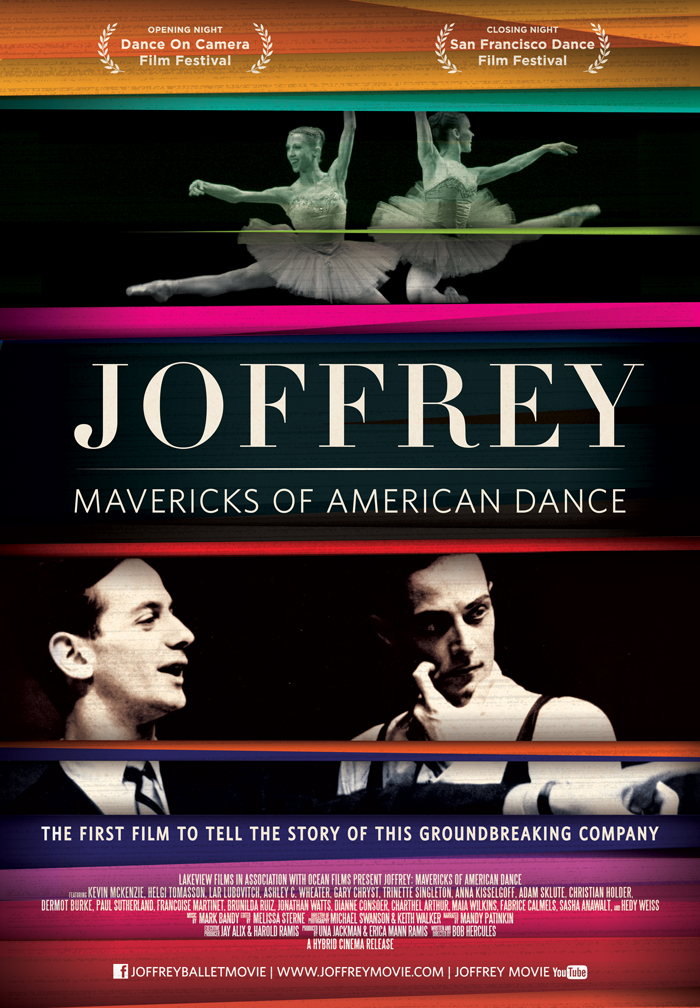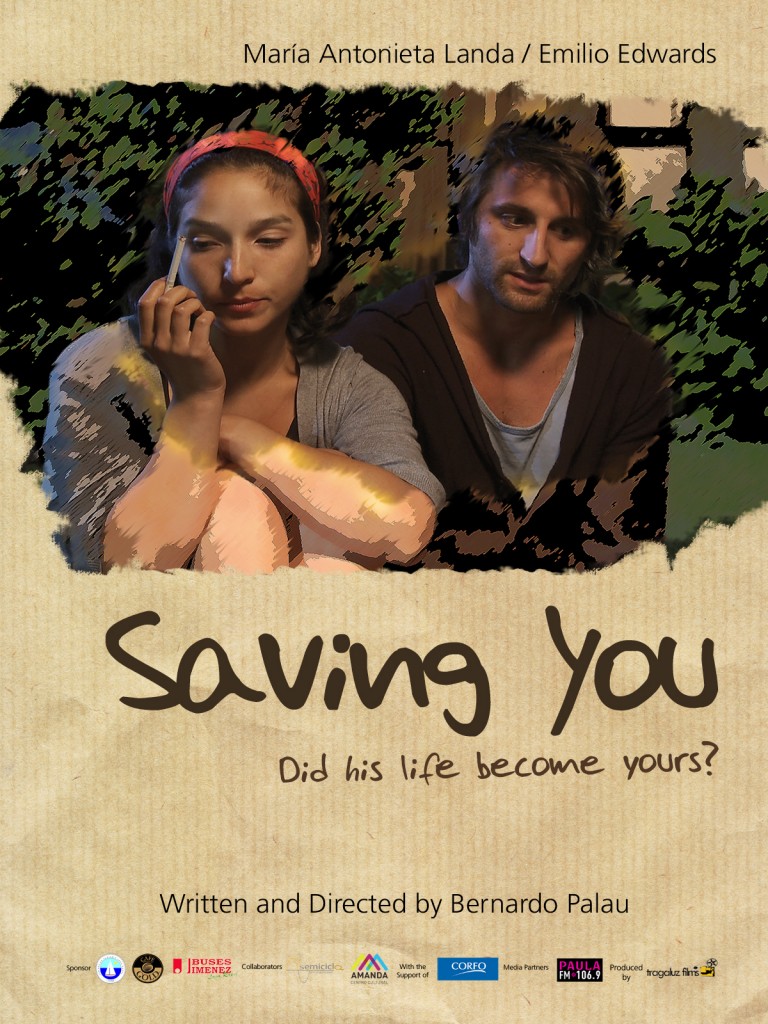Heading to Sheffield International Doc Fest and Edinburgh International Film Festival
I’m excited to be heading to the UK for the Sheffield International Doc Fest and the Edinburgh International Film Festival. In Sheffield I’ll be taking meetings with a number of international documentary foreign sales representatives but I’ll also be participating in Sales Sunday which is Sunday, June 12th. Then I’ll be meeting with filmmakers […]
Creating Innovative Merchandise
Its the IFP Film Week in NYC where I just was for the IFP Lab and the new IFP PMD Lab – so with that in mind – I am posting my new clip about merchandise and an intro to innovative merchandise.
The Importance of Events in Your Career Toolkit
This week’s TOTBO video concerns the importance of redefining the nature of theatrical. In this clip I speak about how creating a “live event” for your film can be an essential aspect of your film’s release. As I’ve said before I feel that theatrical must be redefined as live event/theatrical. Eventually I feel the term […]
Your Audience: Niche vs Core
This weeks TOTBO workshop clip continues the process of audience identification and differentiates between the concepts niche versus core. They are not the same thing. The core are the most engaged members of any niche – the most likely to engage with you and potentially spread the word about your work. I use Bomb It […]
An Innovative Launch for Joffrey: Mavericks of American Dance

An Innovative Launch for Joffrey: Mavericks of American Dance By Jon Reiss For the past four months, my company Hybrid Cinema has been working on the release of the new film Joffrey: Mavericks of American Dance directed by Bob Hercules about the history of the Joffrey ballet. I will be writing a number of posts […]
Distribs, theaters take on new media
Check out this interesting new article in Variety on the ever-changing world of film distribution. Yours truly was one of Gregg’s sources. Firstrun screenings have become events by Gregg Goldstein Can kung-fu fighting monks, cave screenings and feral, caged Santa Clauses save the movie biz? Exhibitors sure hope so. Around the globe, theaters and distribs […]
Putting Chilean Film on the Map

On Thursday and Friday of this week (Oct 20-21) I will be at the Flyway Film Festival, presenting my two-day Think Outside the Box Office workshop on the ever-changing world of hybrid distribution and marketing. Today, though, I am thrilled to share a guest post from Chilean filmmaker Bernardo Palau whose first feature film ‘Saving […]
Some Basic Principles of Film Distribution and Marketing for Independents
Distribution and marketing of a film should start as early as possible – and be integrated into the filmmaking process as much as possible. Doing this will benefit the film and make the release more successful and make your life easier.
Filmmakers: Know Your Goals and Your Audience
It is essential to determine the goals of a particular project’s release before employing any strategy for that launch. (Note—these goals are potentially different from those envisioned by the filmmakers when they set out to make their film.) In order to evaluate the success of a film’s release, one must first identify the filmmakers’ original objectives in releasing their film.
10 Ways in Which I Would Release Bomb It Today
Chris Horton asked me to write this post for the new Artist Services website that Sundance has set up. However, many filmmakers don’t have access to that site, and so I am posting it here on my blog for anyone to be able to read. Here is the post: In 2005 I started a documentary […]